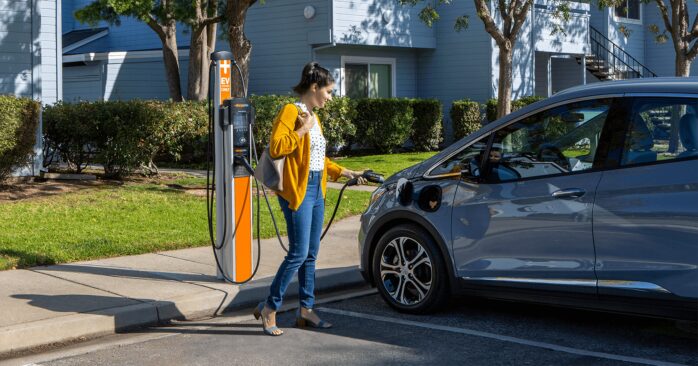
As Malaysia continues to see an increase in electric vehicle (EV) adoption, the need for a reliable and accessible charging infrastructure becomes more critical. Condominiums are one of the most popular places for EV owners to charge their vehicles, but installing EV chargers in these buildings requires careful planning and consideration. In this article, we will explore some essential factors to consider when installing EV chargers in condos in Malaysia.
Electrical Capacity of the Building
The electrical capacity of the building is the first consideration when installing EV chargers in a condo. Most buildings have a limited electrical capacity, and adding EV chargers may require additional upgrades to the electrical system. The installation of EV chargers requires a significant amount of power, and insufficient electrical infrastructure can be a significant barrier to EV adoption in Malaysia. Therefore, it is crucial to work with a qualified electrician to ensure that the electrical system is safe and reliable.
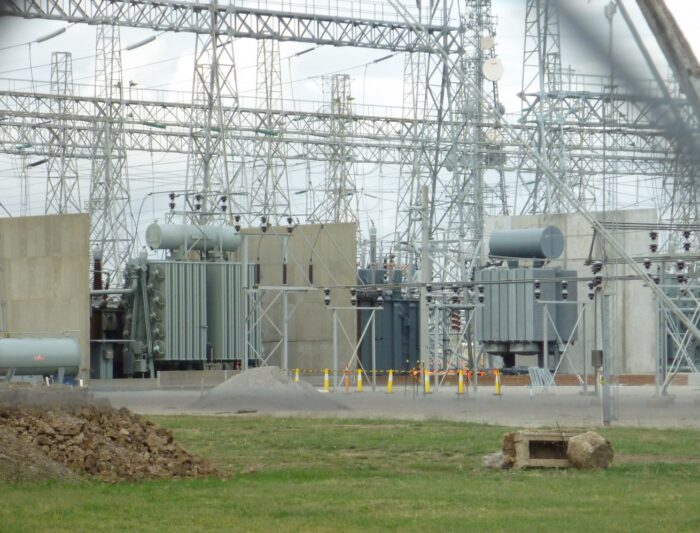
Location of the Charging Station
The location of the charging station is another important consideration when installing EV chargers in a condo. The charging station should be installed in a location that is convenient for residents to access, but it should also be located in an area that is safe and well-lit. Most EV owners in Malaysia prefer to charge their vehicles at home, making the location of the charging station in a condo even more important. The charging station should also be installed in an area that is accessible to the electrical system to ensure a reliable and safe connection.
Type of Charging Station
There are different types of charging stations available, and the type of station chosen will depend on the needs of the residents. Level 1 charging stations require a standard 120-volt household outlet and can take up to 20 hours to fully charge an EV. Level 2 charging stations require a 240-volt electrical outlet and can take up to 8 hours to fully charge an EV. DC Fast Charging stations require a much higher voltage and can charge an EV up to 80% in as little as 30 minutes.
The type of charging station chosen will depend on the needs of the residents and the electrical capacity of the building. Level 2 charging stations are the most popular type of charging station among EV owners in Malaysia, with 48% of respondents saying they prefer this type of station.
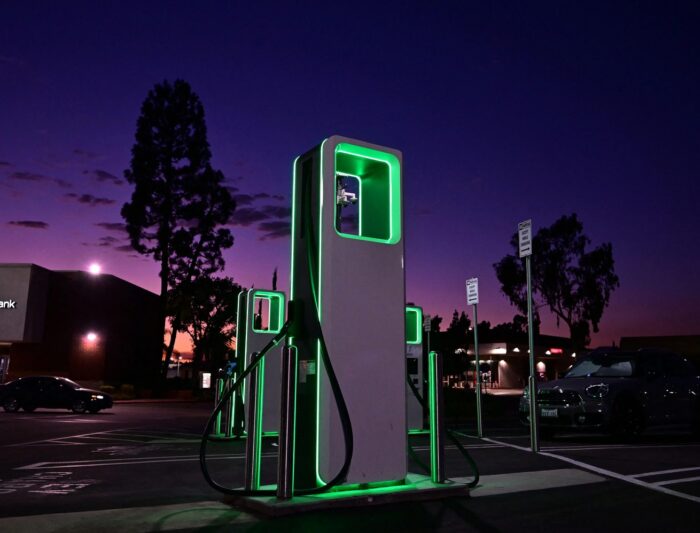
Cost of Installation
The cost of installing EV chargers in a condo can vary depending on the type of station and the location. In addition to the cost of the charging station itself, there may be additional costs associated with installation, permits, and maintenance. It is essential to consider the long-term cost savings of providing EV charging infrastructure in a condo. EVs are cheaper to operate than gas-powered vehicles, and providing a reliable and accessible charging infrastructure can encourage more people to switch to EVs.
Maintenance Requirements
EV chargers require regular maintenance to ensure that they are functioning correctly and to avoid any potential safety hazards. Regular maintenance can also extend the life of the charging station and prevent costly repairs or replacements.
Maintenance requirements vary depending on the type of charging station and the manufacturer. It is essential to choose a manufacturer that offers reliable and high-quality products with minimal maintenance requirements.
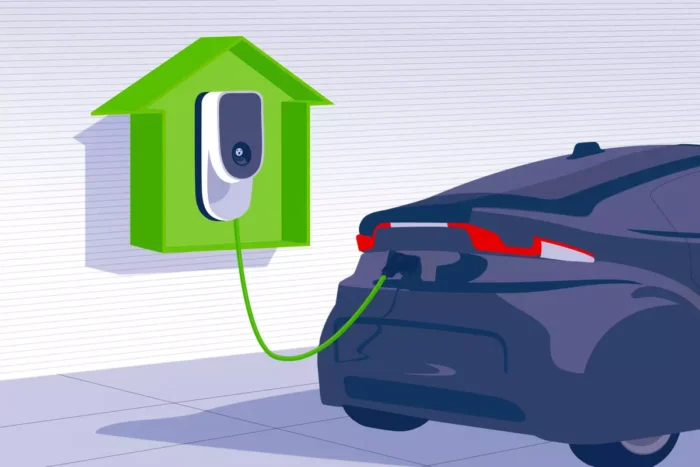
Regulations and standards
When installing EV chargers in condos in Malaysia, it is important to consider the regulations and standards set by the authorities. The Malaysian government has introduced a number of regulations to promote the adoption of electric vehicles and ensure safety standards are met during installation. One of the key regulations is the Malaysian Standard MS IEC 61851-1, which outlines the requirements for EV charging stations, including safety features and compatibility with different types of EVs.
In addition to the MS IEC 61851-1, there are also other standards and guidelines that need to be considered, such as the Malaysian Electric Power System Code (MEPSC) and the Electrical Wiring Standard (BS 7671). These regulations and standards provide guidelines on the safety requirements for installing charging infrastructure in residential buildings, including condos. For example, the MEPSC requires all charging equipment to be installed by qualified personnel and to comply with safety standards to avoid any potential risks of fire or electric shock.
Condominium management should also consider seeking approval from the relevant authorities, such as the Energy Commission and the local council, to ensure compliance with regulations and standards. This will ensure that the installation of EV chargers in condos is safe and does not pose any risk to residents or the building itself. By adhering to the regulations and standards set by the authorities, condo management can provide residents with a safe and reliable EV charging infrastructure.
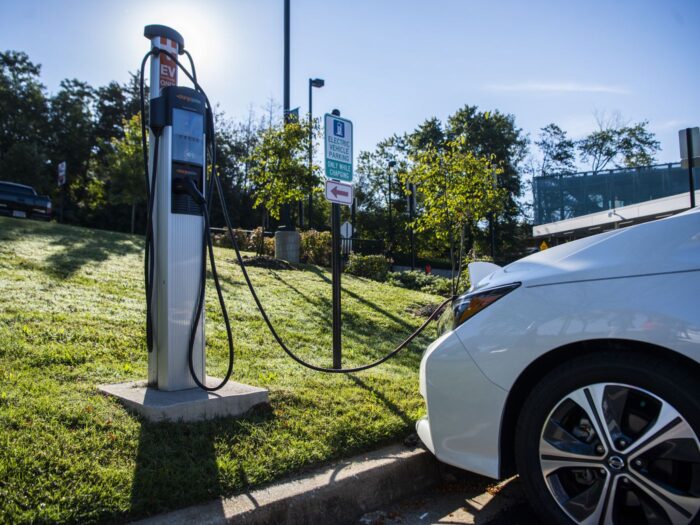
Conclusion
Providing EV charging infrastructure in condos can benefit not only condo owners and residents but also the wider community and the environment. EVs are considered a more sustainable transportation option because they produce fewer emissions compared to gasoline-powered vehicles. By providing accessible and reliable charging infrastructure, condo owners and residents can play a vital role in reducing Malaysia’s carbon footprint and promoting sustainable transportation.
Moreover, installing EV chargers in condos can also attract new residents and retain existing ones. The availability of EV charging infrastructure can be a deciding factor for potential buyers or tenants, especially as more people are looking to switch to electric vehicles. This can increase the demand for condos with EV charging infrastructure, leading to an increase in the value of the property.
In addition, providing EV charging infrastructure in condos can have a positive impact on the local economy. The installation of charging stations can create job opportunities for qualified electricians and technicians. This can also stimulate the development of new technologies and services related to EVs, which can further boost economic growth.
Overall, installing EV chargers in condos requires careful planning and investment, but it can offer numerous benefits for condo owners, residents, and the wider community. By providing reliable and accessible charging infrastructure, condo owners and residents can contribute to a more sustainable future, increase the value of the property, and promote economic growth. Therefore, it is crucial for condo owners and residents to consider installing EV chargers in their properties and take an active role in promoting sustainable transportation.









